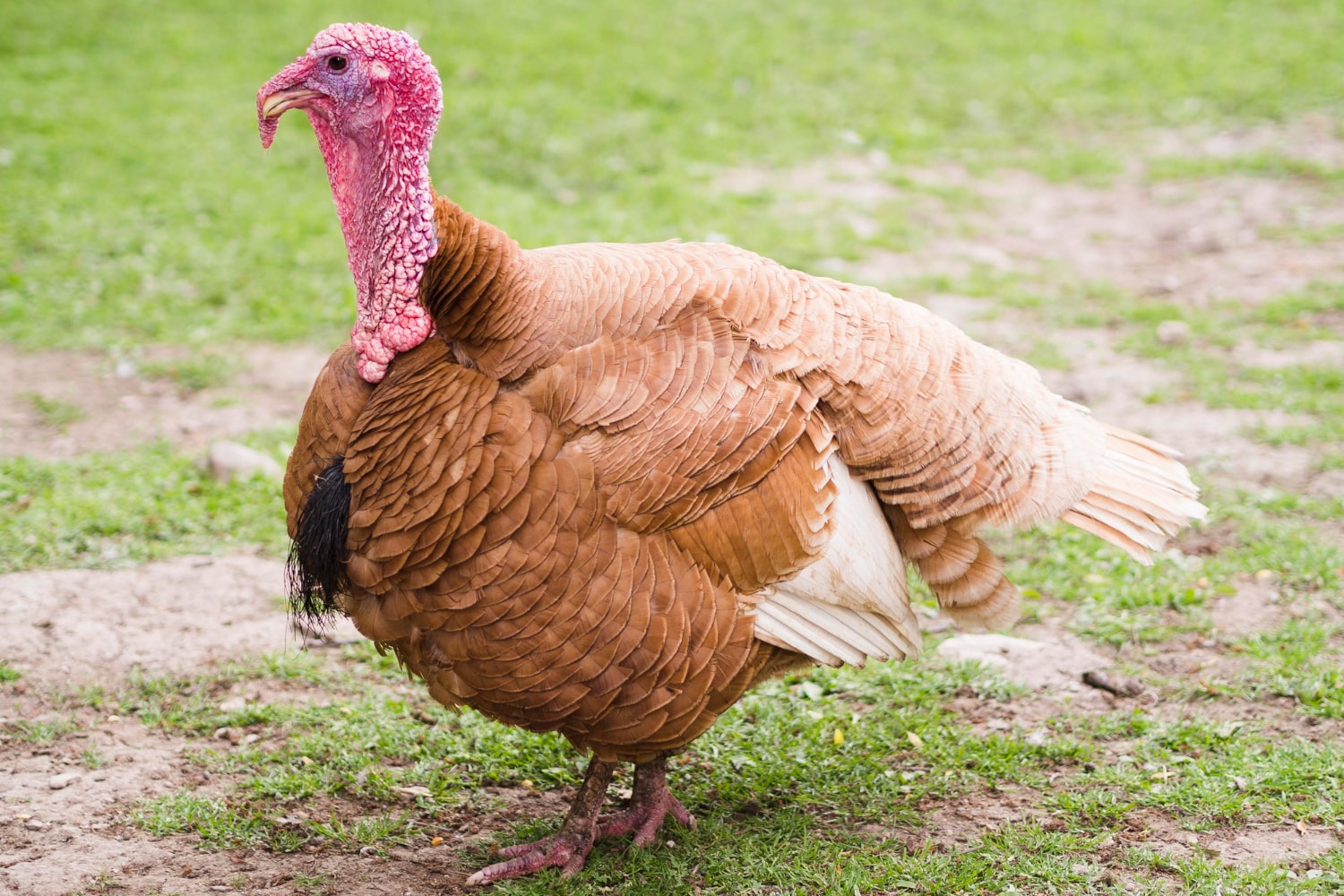Turkeys are not just birds associated with Thanksgiving in the United States — they are fascinating creatures with unique biology, behavior, and history. Their appearance, habits, and communication methods have captured the interest of farmers, scientists, and nature enthusiasts alike. In various cultures, turkeys have held significant roles, and their importance goes far beyond the dining table. Here are some interesting facts about turkeys that you may not have known.
- Turkeys were domesticated more than 2,000 years ago in what is now Mexico. Ancient civilizations raised them not only for meat but also for use in religious rituals. Some cultures considered them sacred animals.
- The names for turkeys in different languages have surprising origins. The English word “turkey” comes from the mistaken belief that the bird came from Turkey, while the French name dinde is short for poule d’Inde or “chicken from India.” In fact, turkeys originate from the Americas.
- Male turkeys have fleshy growths on their heads and necks called caruncles. These become swollen and brightly colored during mating season to attract females. Along with their large fan-like tail feathers, these features play a key role in courtship displays.
- Turkeys have excellent vision and can detect motion from a great distance. Their eyes are positioned on the sides of their heads, giving them a wide panoramic field of view. This helps them spot predators early and flee to safety.
- Wild turkeys are strong fliers, contrary to popular belief. They often roost in trees at night and can fly up to 1.5 kilometers at speeds of over 80 km/h. Domesticated turkeys have largely lost this ability due to selective breeding.
- Male turkeys produce a loud, distinctive gobbling sound that can be heard from more than a kilometer away. This call is used to attract females and establish territory. Female turkeys do not gobble and instead make softer, shorter vocalizations.
- Turkey chicks begin communicating with their mother even before hatching. They emit sounds from within the egg, and the mother responds. This early bonding helps prepare them for life outside the shell.
- The turkey was once considered as a possible national symbol of the United States. Benjamin Franklin believed it was a more noble bird than the bald eagle due to its intelligence, watchfulness, and courage. However, the eagle was ultimately chosen.
- Despite their bulky appearance, turkeys can run at speeds of up to 40 km/h. This agility helps them escape danger in the wild. Their muscular bodies contribute to both strength and maneuverability.
- Wild turkeys are diurnal and live in flocks of several dozen individuals. They have complex social hierarchies where males compete for dominance. Females often choose mates based on vocal strength and social rank.
- In addition to their culinary value, turkeys are important in scientific research. Their immune systems are studied to help develop vaccines and treatment methods. This shows that turkeys contribute not only to food production but also to medical science.
- Modern commercial turkey breeds have been selectively bred for rapid weight gain, which sometimes causes health issues. Many male turkeys are unable to mate naturally and require artificial insemination. This is a consequence of intensive poultry farming practices.
- Wild turkeys can live up to 10 years, though farmed turkeys rarely live longer than 2–3 years due to slaughter. In the wild, they adapt well to various environments and can survive harsh conditions. Their survival instincts are highly developed.
- Turkey meat is considered lean and healthy, low in fat and high in protein, B vitamins, and minerals. It is recommended for people with heart disease, athletes, and children. Turkey is a staple in many healthy diets around the world.
- Turkeys have a skin flap under their beaks called a wattle. This, along with other fleshy head structures, changes color depending on the bird’s emotional state. The colors can range from pale to bright red or even bluish tones.
- In many cultures, turkeys symbolize abundance, hospitality, and prosperity. In North America, they are central to Thanksgiving traditions. Among some Native American tribes, the turkey was also seen as a warrior spirit.
- Turkeys have strong memories and can recognize people and remember events. They are capable of distinguishing familiar from unfamiliar faces and responding to their caretaker’s voice. This demonstrates their intelligence and learning ability.
- In the wild, turkeys are omnivores and eat more than just plants — they consume insects, small reptiles, and even amphibians. Their adaptable diet allows them to thrive in diverse environments. This dietary flexibility contributes to their wide natural range.
- Every morning, male turkeys perform a loud gobbling ritual that can be heard from afar. This helps maintain flock cohesion, attract females, and warn rival males. It’s similar to a rooster’s crowing but much more powerful.
Turkeys are far more than just a holiday meal. These interesting facts highlight the complexity of their behavior, biology, and cultural significance. You may not have realized how intelligent, fast, and socially organized these birds are. Fascinating facts about turkeys invite us to appreciate them from a new perspective and recognize their role in both nature and human life.





